Why Measuring ApoB Is The Key To Preventing Heart Disease.
Dr. Paddy Barrett
SEPTEMBER 20, 2024
When we say heart disease, what we really mean is plaque in the artery wall. This Is Known As Atherosclerosis. The fundamental cause of atherosclerosis is when a cholesterol particle crosses into the artery wall from the bloodstream, gets stuck, and sets off an inflammatory process 1. No atherosclerosis.

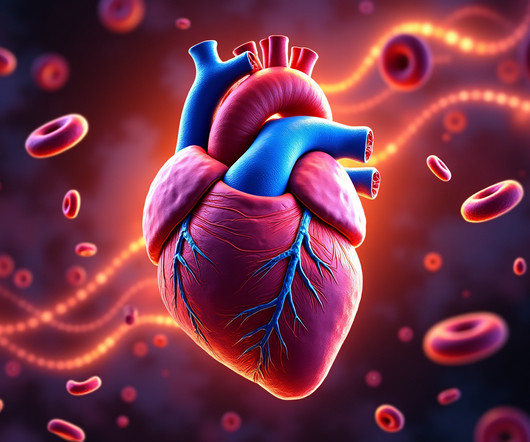

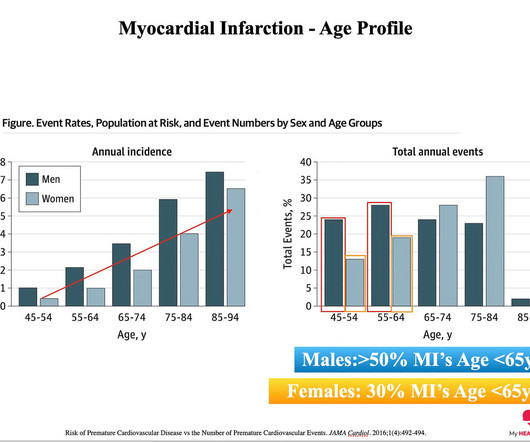


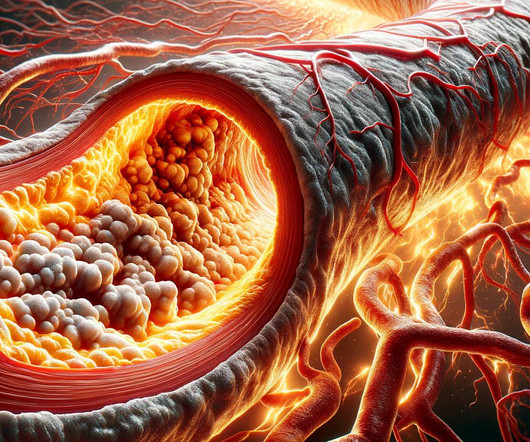


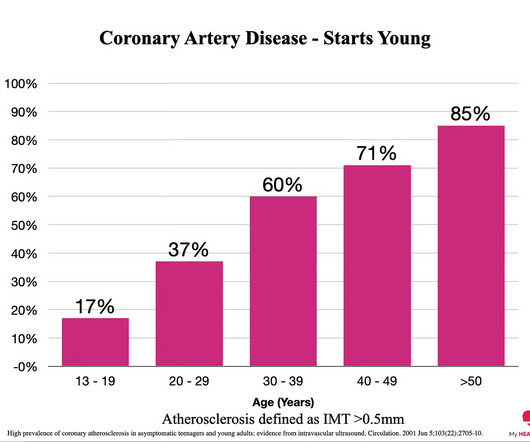




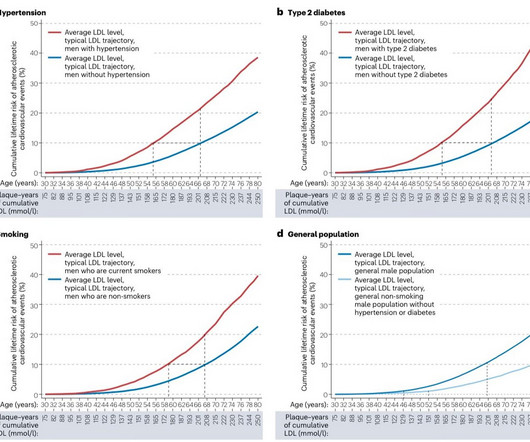









Let's personalize your content